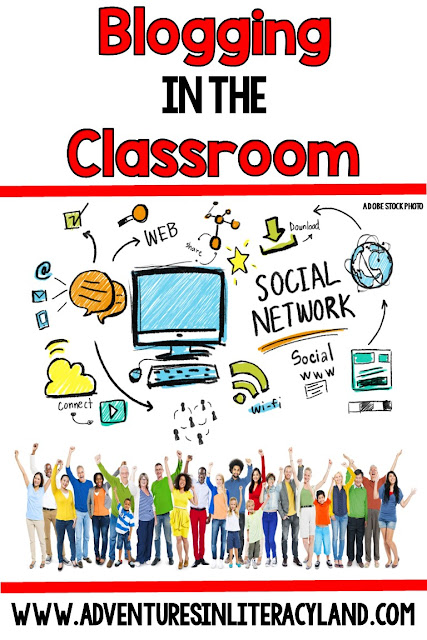
There are a lot of possible ways to assess English Language Learners, and much of what you do will depend on who your students are and what they need which will be determined by their level of English proficiency. When assessing ELLs, I would recommend being proactive and meeting with your school's ELL specialist to plan appropriate assessments together so that you can set students up for success, rather than giving a traditional assessment with no scaffolds or modifications and having the student completely flounder.
Some bright ideas...
If you are looking for ideas on different ways to assess your ELLs, here are some suggestions. Many of these could qualify as informal assessments, but discuss them with your ELL coordinator and administration and depending on the situation, they may take the place of more traditional assessments that native English speakers are taking.
- Graphic organizers
- Word banks
- Bilingual dictionary
- Extra time
- Shorter responses are accepted
- Manipulatives may be used
- Visuals (both symbolic and authentic) are provided
- "Open book" is allowed
- Flexible setting - students may take an assessment in a separate room
The scoring of assessments may also be differentiated. If an assessment is given to determine how well students understand a key concept, you are not going to need to focus on grammatical errors, spelling errors, or things like that. You may be able to accommodate ELL students' needs by grading them only on content that shows how well they understand key concepts, how accurate their responses are, and how well they demonstrate the process to come up with their responses (particularly applicable for math and science assessments).
Performance-based assessments are a great way to assess how ELL students are doing without having to worry about giving them a formal written test. Here are some suggestions of performance-based tasks that could be used for assessment purposes.
- retelling stories
- playing games
- oral reports
- reading with partners
- checklists
- brainstorming
- using visual or written prompts to give descriptions or instructions
- telling a story using sequence of pictures
- cloze passages
- self assessment
- projects
- exhibits
ETS lays out some excellent guidelines for assessments which actually to me, apply to more than just ELLs. These make sense for all students. Their guidelines are:
Clear directions - Directions should be written and designed to eliminate confusion and emphasize clarity. Consider simplifying directions to ensure they are understood.
Defining Expectations - Do not assume students have had any experience with the type of assessment task you are giving. Be explicit about what type of response is appropriate and what criteria you will use to grade the response.
Using Accessible Language - they explain that clear and easy to understand language in assessments is key but to be careful not to simplify content vocabulary that you are assessing. They suggest avoiding idioms, colloquialisms, complex sentence structure, use of constructions using the word "not" in questions and negatives, and use simple context for fictional situations like word problems. School based fiction may be more accessible to ELLs than a home based context (particularly applicable to math word problems, for example).
Presentation - be aware and attentive to things like font size, illustrations, text, graphics placement and things of those sorts depending on the home language and literacy skills of your students.
Fairness and Sensitivity - and of course use neutral contexts and topics, avoid inflammatory topics, and consider school based contexts rather than home based for ELL students.
To me, these all make sense as guidelines for all students, not just ELLs. What do you think?
What are some tips you have for assessing your English Language Learners? Let us know by commenting below.
Resources:
ETS' Guidelines for the Assessment of English Language Learners
Color In Colorado English Language Learners Assessment Webcast
Sarasota County School's ESOL and Migrant Education Assessment Strategies
Teaching Strategies Blog
Stanford University's Performance Assessments for English Language Learners
And a thank you to Ashley Hughes for the beautiful frames and Dollar Photo Club!




































